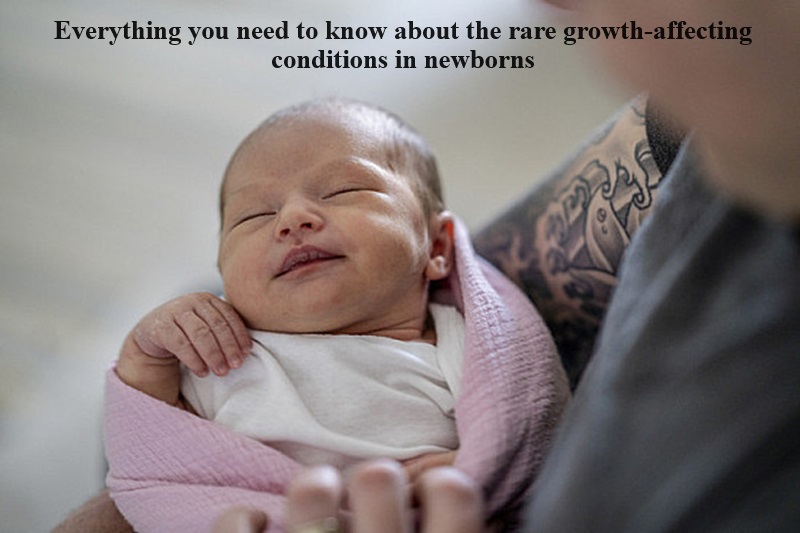
Rare Disease Day occurs annually on the final day of February, observed on February 29 in leap years and February 28 in non-leap years, aiming to increase awareness of rare diseases and their impact on individuals affected by them. Policymakers, researchers, and healthcare practitioners must unite to advocate for enhanced research, treatment, and support for those grappling with rare diseases. The World Health Organization (WHO) delineates rare diseases as debilitating or lifelong disorders with a prevalence of 10 or fewer cases per 10,000 individuals in the population.
An estimated 300 million individuals worldwide have been diagnosed and are living with rare diseases. With over 7,000 recognized rare diseases, approximately 70 percent of these conditions stem from genetic origins, although allergens, infections, and environmental factors can serve as triggers. Examples of rare diseases include Phenylketonuria, Congenital Myotonic Dystrophy, Niemann Pick disease, Gaucher’s disease, and Primary Immunodeficiency disorders, all of which impact growth in various ways.
To shed light on the significance of Rare Disease Day, WION sought insights from Dr. Radha Rama Devi, MD (Pediatrics), Certified in Genetic Engineering, Fellow in Inborn Errors of Metabolism (UK), a Pediatrician specializing in Genetics at Rainbow Children’s Hospital in Banjara Hills, Hyderabad. Dr. Rama Devi emphasized the importance of safeguarding newborns from rare growth-affecting conditions, such as faltering height, weight, and developmental delays. She stressed that failure to recognize and address faltering growth promptly could lead to adverse health and developmental consequences for children.
Despite their individual rarity, rare diseases, also known as orphan diseases, collectively impact millions of individuals worldwide. Dr. Rama Devi underscored that approximately five percent of newborns exhibiting faltering growth have an underlying organic cause, indicating an underlying medical condition responsible for defective growth and development.

Post Your Comments